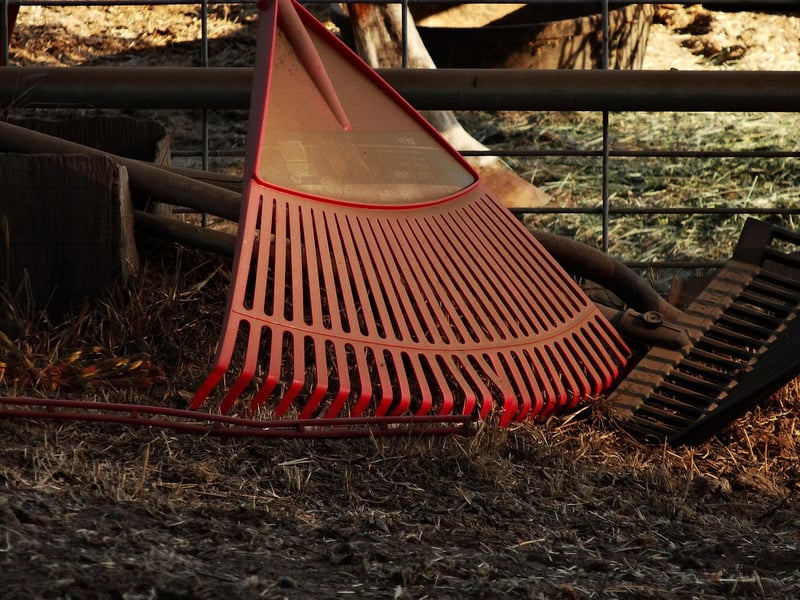Vertical Structures
Creating Your Own Garden: Vertical Structures

Are you looking to enhance your garden and make the most of your outdoor space? Vertical structures can be a wonderful addition to any garden, providing not only functional support for your plants but also adding visual interest and maximizing space utilization. Let's explore how you can incorporate vertical structures into your garden design.
Benefits of Vertical Structures
- Space-saving: Vertical structures allow you to grow more plants in a smaller area, making them ideal for small gardens or urban spaces.
- Aesthetically pleasing: Arbors, trellises, and obelisks can add height, texture, and visual appeal to your garden, creating a beautiful focal point.
- Plant support: Vertical structures provide support for climbing plants such as vines, cucumbers, and tomatoes, helping them grow vertically and reducing the risk of disease.
- Privacy and shade: Trellises and screens can create privacy, block unsightly views, and provide shade for sensitive plants.
Types of Vertical Structures
There are various types of vertical structures that you can incorporate into your garden:
- Arbors: These arches or structures with a lattice roof are perfect for creating a grand entrance or a focal point in your garden.
- Trellises: Vertical frameworks with crossbars are great for supporting climbing plants and adding a decorative element to your garden.
- Obelisks: Tall, four-sided structures are ideal for growing climbing roses, clematis, or other vertical plants.
- Vertical Gardens: Utilize wall-mounted planters or living walls to grow herbs, flowers, or vegetables vertically.
Tips for Using Vertical Structures
- Consider the weight: Ensure that the structure you choose can support the weight of the plants you intend to grow.
- Placement is key: Position your vertical structures where they will receive adequate sunlight and airflow for healthy plant growth.
- Choose the right plants: Select plants that are well-suited for vertical growth and can thrive in the conditions of your garden.
- Maintenance is important: Regularly check and prune your plants to maintain the structure and prevent overgrowth.
By incorporating vertical structures into your garden, you can create a lush and vibrant outdoor space that is both functional and visually appealing. Whether you have a small balcony or a sprawling backyard, vertical gardening can help you make the most of your available space and unleash your creativity.
Start planning your vertical garden today and watch your outdoor oasis come to life!

